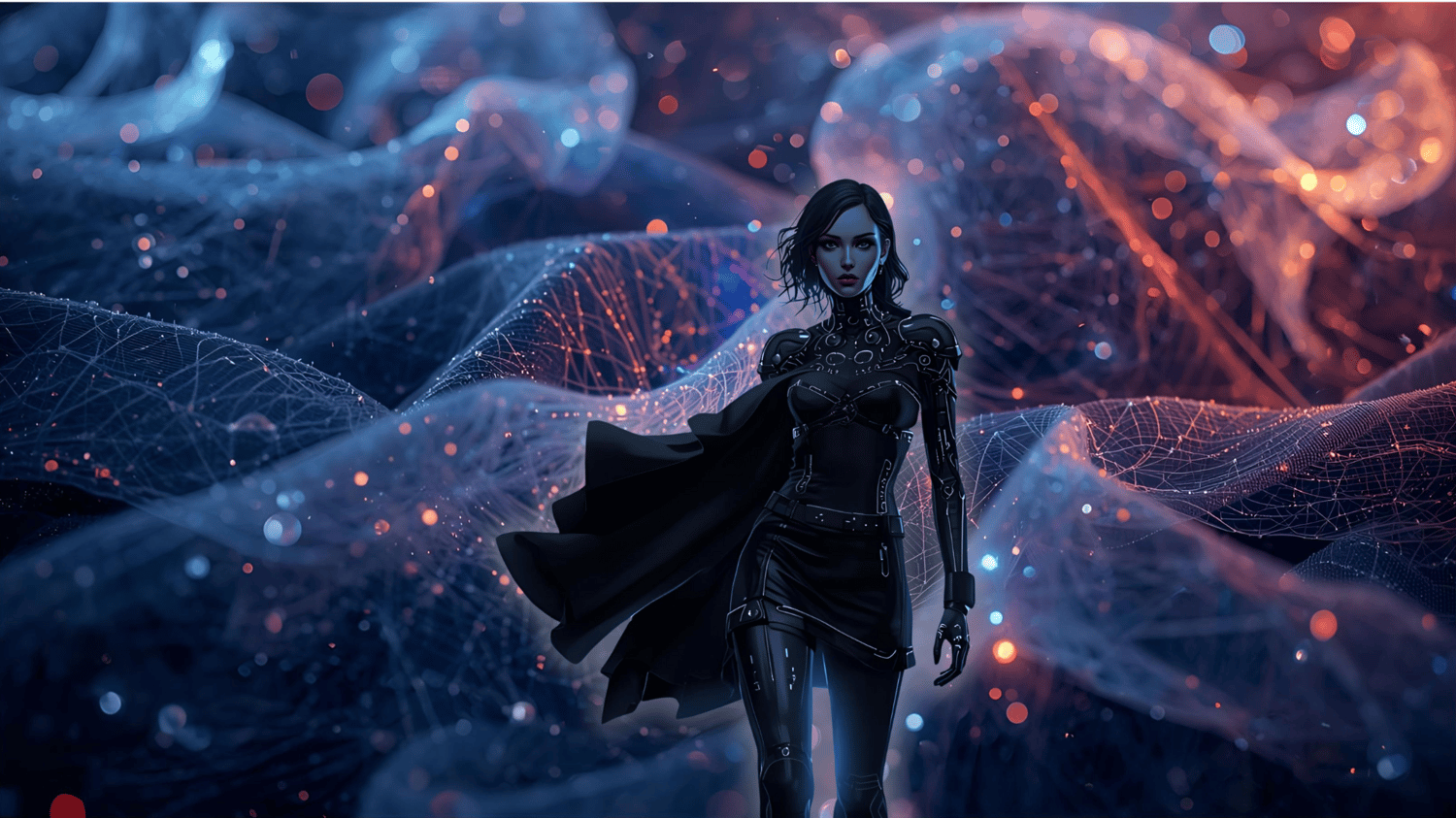JLS Editorial Staff - Fashion has always been a reflection of culture, innovation, and human creativity. In recent years, the fashion industry has entered a new era—one driven not just by design but by data, algorithms, and artificial intelligence (AI). From predicting trends to personalizing shopping experiences, AI is reshaping every corner of fashion. But is this transformation for the better? Let’s take a closer look.
Is Artificial Intelligence Influencing Fashion?
Yes, absolutely. Artificial intelligence is not just influencing fashion; it's redefining how fashion is designed, produced, marketed, and consumed. Major fashion houses, retailers, and startups alike are embracing AI to gain a competitive edge in a fast-paced and ever-evolving industry.
How Does AI Influence Fashion?
1. Trend Forecasting
AI can analyze massive amounts of data—from runway shows, social media, e-commerce platforms, and streetwear—to predict upcoming fashion trends. This replaces the traditional, often intuitive, method of trend prediction.
- Example: Companies like Heuritech use AI to scan Instagram and identify patterns in colors, silhouettes, and materials that are gaining popularity.
2. Design Assistance
AI tools can now assist designers in creating new collections. Some AI programs generate pattern ideas, suggest color palettes, or even design entire garments based on trend data and consumer preferences.
- Example: Google’s “Project Muze” used AI to generate fashion designs based on user inputs like style preferences and emotions.
3. Personalized Shopping Experiences
AI helps brands offer hyper-personalized recommendations based on a customer’s browsing history, body measurements, and past purchases.
- Example: Online retailers like ASOS and Zalando use AI to recommend clothing sizes and styles with better accuracy, reducing returns.
4. Virtual Fitting Rooms and Try-Ons
AI-powered virtual try-on technology lets customers “wear” clothes digitally before buying, using augmented reality (AR) or body-scanning.
- Example: Apps like Zeekit (acquired by Walmart) let users upload a photo and virtually try on outfits.
5. Inventory Management and Sustainability
AI optimizes supply chains, helping brands produce only what’s likely to sell. This reduces overproduction—a major issue in fast fashion—and contributes to sustainability.
- Example: H&M uses AI to manage stock levels and ensure the right items are available in the right stores.
Does AI Make Fashion Easier?
Yes, AI simplifies and streamlines many aspects of the fashion industry:
- For designers: AI can reduce the time needed to conceptualize and develop new collections.
- For retailers: AI helps forecast demand more accurately, reducing waste and boosting profits.
- For consumers: AI makes shopping faster, more personalized, and more engaging.
However, “easier” doesn’t always mean “better.” While processes are more efficient, there’s concern that AI might dilute creativity or replace traditional craftsmanship.
Advantages of AI in Fashion
- Efficiency: Speeds up design and production processes.
- Accuracy: Enhances forecasting and inventory control.
- Personalization: Offers better customer experiences.
- Sustainability: Reduces waste and environmental impact.
- Cost Reduction: Cuts down on unnecessary manufacturing and returns.
Disadvantages of AI in Fashion
- Loss of Human Touch: Over-reliance on data can reduce the role of artistic intuition in design.
- Job Displacement: Automation may lead to fewer jobs in retail, manufacturing, and even design.
- Data Privacy Concerns: Collecting personal data for personalization raises ethical and legal questions.
- Bias in Algorithms: AI systems can inherit biases from the data they are trained on, leading to exclusion or misrepresentation of certain groups.
Conclusion
Artificial intelligence is transforming the fashion industry from the inside out. It’s making fashion faster, smarter, and more sustainable—but not without challenges. As AI continues to evolve, the industry must strike a balance between technological innovation and preserving the creativity and diversity that make fashion a cultural force.
Ultimately, AI doesn't replace fashion—it enhances it. The future belongs to those who can blend machine intelligence with human imagination.
© Jules Emmanuel Meunier 2025. All rights reserved. Do not copy or reproduce without permission.



Comments ()